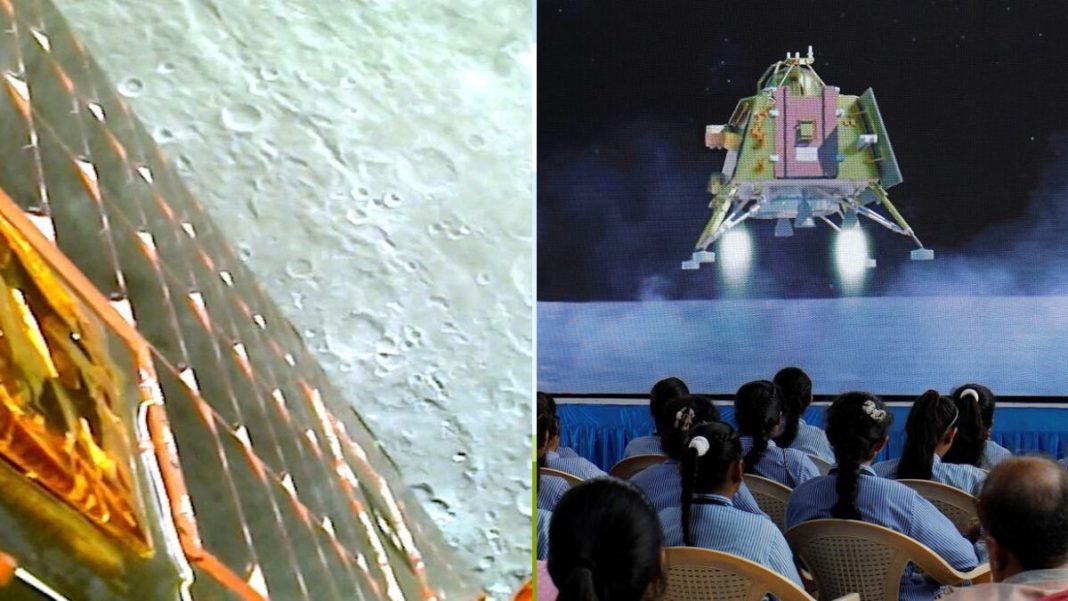ISRO’s Chandrayaan-3 Propulsion Module Achieves Unexpected Lunar Flybys
India’s space agency has turned a spent Chandrayaan-3 propulsion module into an unexpected bonus mission, achieving multiple lunar flybys using leftover fuel from the historic Moon landing.
Key Takeaways
- Chandrayaan-3 propulsion module performed two lunar flybys after mission completion
- ISRO used leftover fuel for Trans-Earth Injection experiment in October 2023
- Spacecraft entered complex orbit influenced by both Earth and Moon gravity
- Mission provided valuable training for future deep space operations
The Unexpected Bonus Mission
After successfully delivering the Vikram lander and Pragyan rover to the lunar surface in August 2023, the Chandrayaan-3 propulsion module continued orbiting the Moon at 150km altitude. In an innovative move, ISRO engineers decided to conduct an unplanned experiment in October 2023.
They fired the module’s engines for a Trans-Earth Injection maneuver, sending it on a trajectory back toward Earth. This bold experiment wasn’t part of the original mission plan but demonstrated ISRO’s commitment to maximizing scientific returns.
Gravitational Dance Between Earth and Moon
Instead of returning directly to Earth, the propulsion module entered a highly elliptical orbit, caught in the gravitational interplay between our planet and its natural satellite.
“When the spacecraft is near the Earth, our planet’s gravity pulls it strongly and makes it swing around quickly. But as it travels along the oval path moving away from the Earth, it goes farther and farther out, reaching distances of several lakh kilometres. At these extreme distances, the Earth’s gravity becomes much weaker because gravity weakens with distance. Meanwhile, as the spacecraft travels outward on this long oval path, it naturally moves into the region of space where the Moon orbits Earth. So even though it started by leaving the Moon’s vicinity, the shape of its orbit eventually carried it back toward the Moon’s neighbourhood again,” explained space analyst Girish Linganna.
The spacecraft eventually drifted back into the Moon’s sphere of influence, completing its first flyby on November 6 at 3,740km distance, followed by a second flyby on Tuesday at 4,537km.
Orbital Transformations and Scientific Value
The lunar flybys dramatically altered the spacecraft’s trajectory. Its orbit expanded from 1 lakh × 3 lakh kilometers to 4.09 lakh × 7.27 lakh kilometers, while orbital inclination changed from 34 degrees to 22 degrees due to gravitational interactions.
This extended mission provided crucial data for future space operations, including:
- Advanced deep space tracking techniques
- Orbital prediction with multiple gravitational influences
- Understanding disturbance torques from solar radiation and thermal variations
Resourceful Space Exploration
What makes this achievement particularly remarkable is that ISRO accomplished it using leftover fuel from a mission that had already succeeded beyond expectations. Rather than letting the propulsion module become space debris, Indian scientists transformed it into a valuable training platform.
This approach demonstrates India’s growing capability in innovative space resource management and positions ISRO as a leader in cost-effective space exploration. The mission proves that with ingenuity, even completed spacecraft can continue delivering scientific value.




